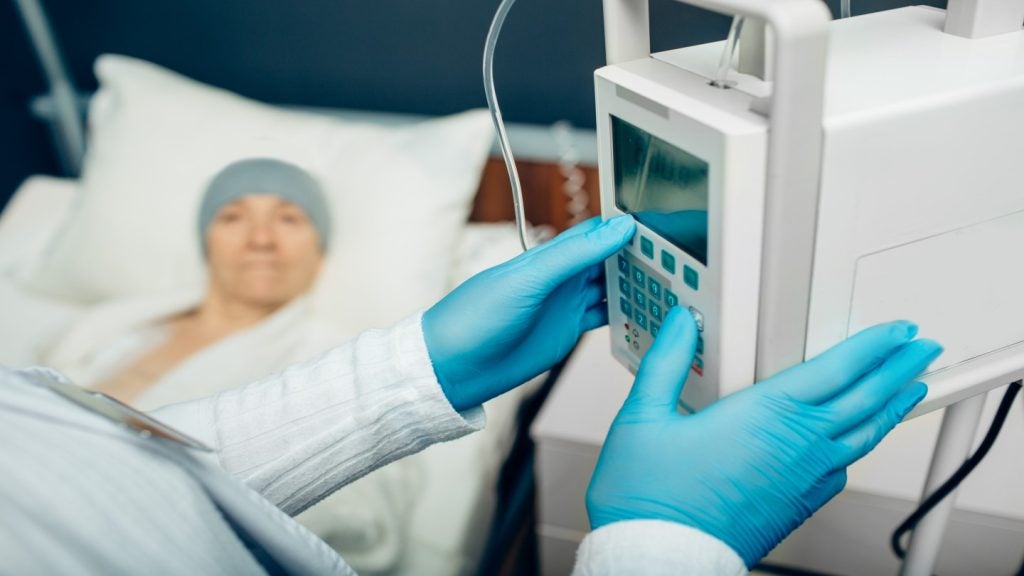
The World Health Organisation defines chronic respiratory disease (CRD) as ‘chronic diseases of the airways and other structures of the lung’. Some of the most common are asthma, chronic obstructive pulmonary disease (COPD), respiratory allergies, occupational lung diseases and pulmonary hypertension.
The disease group has extended all possible boundaries and affects millions of people globally – alarming news for healthcare organisations.
As most of the chronic respiratory diseases are caused by inhalation of harmful substances, the responsibility for prevention of this disease group lies not only with healthcare organisations but also with environmental and other agencies. Statistics show that about 24% of all diseases can be attributed to the environment.
Healthcare agencies need to devise strategies to curb the rising morbidity numbers associated with respiratory diseases.
THE ECONOMIC BURDEN
See Also:
There are an estimated 300 million asthma sufferers and approximately 80 million COPD patients worldwide. The numbers of other respiratory cases exceed several million.
How well do you really know your competitors?
Access the most comprehensive Company Profiles on the market, powered by GlobalData. Save hours of research. Gain competitive edge.

Thank you!
Your download email will arrive shortly
Not ready to buy yet? Download a free sample
We are confident about the unique quality of our Company Profiles. However, we want you to make the most beneficial decision for your business, so we offer a free sample that you can download by submitting the below form
By GlobalDataIn 2005 alone, about four million people died of chronic respiratory diseases globally. Without urgent action the number of CRD patients will increase at an estimated rate of 30% in the next ten years.
Chronic respiratory diseases are as difficult to prevent as they are to cure. Most respiratory disorders are classified as chronic, as in more than 70% of cases the patient is affected for life. The economic impact of these diseases is crippling. The direct and indirect cost of treating asthma is $1.8bn in the UK alone.
The UK economy experiences a deficit of about 41% due to loss of productivity from COPD sufferers. Chronic respiratory disease has been declared a ‘serious global health problem’ and corrective measures are being taken at global level to fight it.
The Global Alliance Against Respiratory Diseases (GARD) brings together officials of international voluntary organisations. The organisation unites international and national healthcare agencies as well as several environmental agencies.
NEXT STEPS
With burgeoning healthcare costs, the growing patient population and the Baby Boom generation to reach 60+ in just a few years time, it is imperative to consider methods and measures to manage CRD. Existing healthcare infrastructure is unable to cater to current needs and the situation is likely to deteriorate.
Hospitals in Europe are downsizing by reducing the number of beds in critical care areas and increasing beds in step-down and intermediate care areas – each bed in a critical care area costs about $1,500 per day.
There is a shortage of trained professionals to treat patients in critical care for conditions such as CRD. The goal is to establish options that benefit both patients and hospitals.
There are several alternative methods that can be used to assess the situation for chronic respiratory diseases.
REMOTE PATIENT MONITORING
Monitoring a patient in their own home is known as home care or remote patient monitoring. Home care monitoring consists of a monitoring system and a telephone line (or wireless) to transmit the values of the parameters to the doctor for review. Chiefly used for treatment of chronic conditions, remote patient monitoring is now being more widely accepted amongst patients and doctors alike.
Most CRD cases such as COPD and asthma are unlikely to be completely cured, so the key to disease management is early detection and effective and proactive treatment. Most patients with early-stage COPD can be ably diagnosed and treated using spirometry.
These tests can be performed at home using telemonitoring or remote monitoring. Advanced, state-of-the-art technology is used to monitor spirometry parameters such as SpO2 values and transmit the same via Bluetooth technology or a regular telephone line.
Being inexpensive, easily portable and user-friendly, the widespread use of these devices is expected to benefit patients and the medical fraternity. Many clinical trials and pilot projects have been performed and others are currently underway to quantify the cost benefit of such remote monitoring technology.
Home care frees expensive critical care beds used to monitor patients and spares time for nursing and clinical staff. About 75% of COPD sufferers require continuous monitoring. If this can be carried out at the patient’s home, there could be significant cost savings for both hospitals and patients.
Recent research shows that, unlike other conditions, the physical presence of a doctor benefits the psychological condition of respiratory disease patients. The solution may involve interactive systems such as video-enabled telemonitoring systems.
With such systems, the patient can have a video conference with their physician from their own home. One system, launched in the USA by Philips Medical System, is the MOTIVA. Highly innovative technologies such as these are likely to catapult healthcare from institution-centric today to patient-centric tomorrow.
THE ROAD AHEAD
Chronic conditions such as COPD and asthma are life-long and can have severe debilitating effects on the lives of patients. Primary causes for these conditions are unhealthy, stressful lifestyles and the environment.
While it is important for patients to improve their health by improving their lifestyle, it is equally important to improve the condition of people affected by these diseases.
Greater awareness of chronic conditions and different techniques for coping with the disease should be disseminated at grass roots level. Home care systems are an ideal solution for such diseases as they allow the patient greater knowledge of their condition and its symptoms.
Home care offers provide the patient with the best of both worlds: living in their home with the knowledge that professional help is only a telephone call or console consult away. Doctors also find it reassuring to use remote monitoring technology, as they can devote more attention to critical cases while continuing to supervise others.
Home care systems offer the best solution for improved quality of life of patients and more effective disease management.
Long waiting times at hospitals, spiralling healthcare costs and a growth in the affected population are what some of the crucial factors in the development of alternate methods of disease treatment. Home care management coupled with the use of technologically advanced equipment has emerged as the most economical, practical and viable answer to this long-lasting problem.







